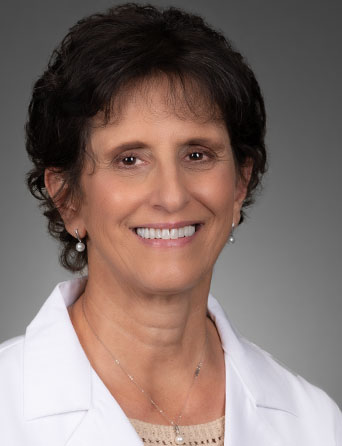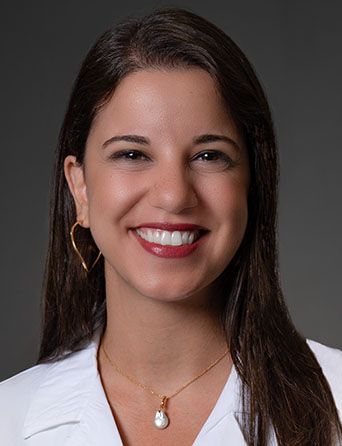Join Our eNewsletter!
Subscribe to our monthly newsletter to receive encouraging advice to help you lead a healthy lifestyle.
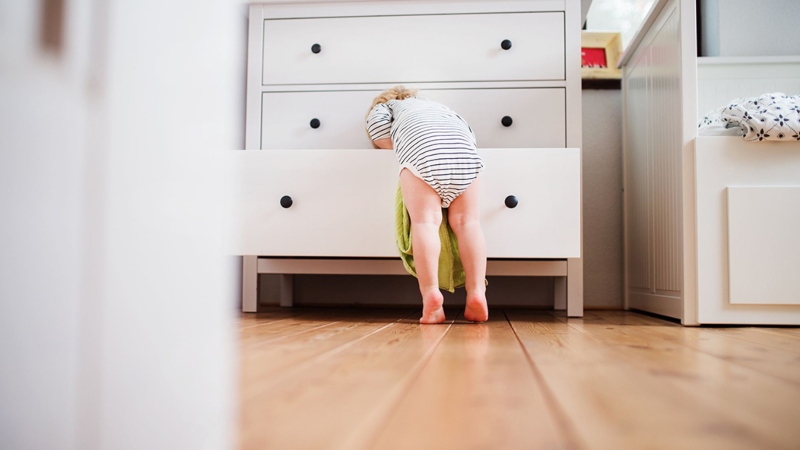
Childproofing Your Home
Before you have children, you’re aware there are items around the house that are dangerous—such as knives, scissors and household chemicals. After you have children, however, it’s easy for new parents to look around their house and see it as a baby death trap full of electricity, glass, sharp corners, and small objects they can choke on. My advice to you is: don’t panic — it’s probably not as bad as it seems — and to try to childproof your home to the best of your ability.
Around the House in General
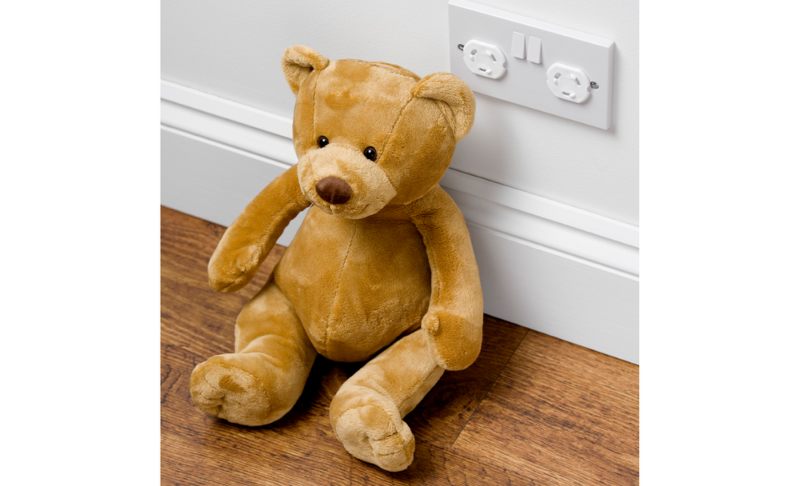
Physically getting down to the same level as your child can help you to see where potential danger lies from their vantage point. Major danger zones to be on the lookout for are electrical outlets, heavy items that can be pulled down on top of a child, or sharp corners on tables, fireplaces, and other furniture. Also look for small things left out that they might put in their mouth.
Consider purchasing plastic plug covers to ensure those curious fingers don’t find their way into electrical sockets. Make sure that heavy furniture (like book shelves and portable TVs) is secure and can’t be pulled down. If there are sharp corners, say on a fireplace, coffee table, or bar, you can purchase bumpers that can be installed so that your child doesn’t run by and bump their head. If there are small objects on the floor, such as toys, coins, or other items, remove them so they’re out of reach and not a choking hazard.
If you have stairs, install baby gates at both the top and bottom of the staircase to protect your child from falls. If you have a fireplace, make sure your child can’t get near it if there is a fire going.
In the Kitchen and Bathroom
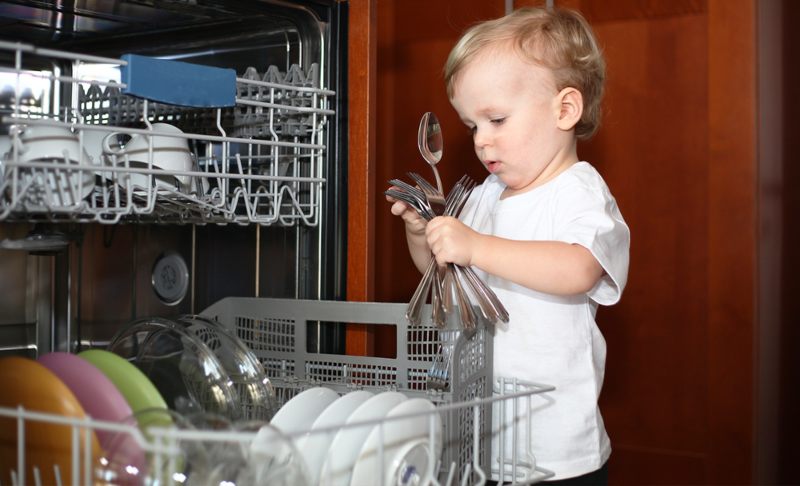
It’s safe to assume that if you have anything dangerous in your home, your child can — and likely will — find it. The kitchen and bathroom are two high-risk areas for kids. To childproof these rooms, make sure that outlets are covered and that lower cabinets can’t be opened, as these often house dangerous chemicals. Make sure standing water isn’t left in the sink or bathtub as children have been known to drown in small amounts of water.
Look around for sharp objects and make sure your child can’t get to them. It may be necessary to keep them in locked drawers or cabinets too high for your child to reach.
In the bathroom, consider purchasing a toilet lock. This is a device that attaches the lid of your toilet to the tank and can only be unlocked and moved by an adult. This ensures that your little one won’t be able to get into the toilet bowl. While the first order of business is taking care of your children, you’ll likely reap some personal benefits as well. Once, my daughter, who was about 15 months old at the time, put my iPhone in the toilet while I was on a call. As it turns out, iPhones aren’t waterproof. Remember, if they aren’t supposed to get into it, they’ll try to find a way to do it, so be safe and not sorry!
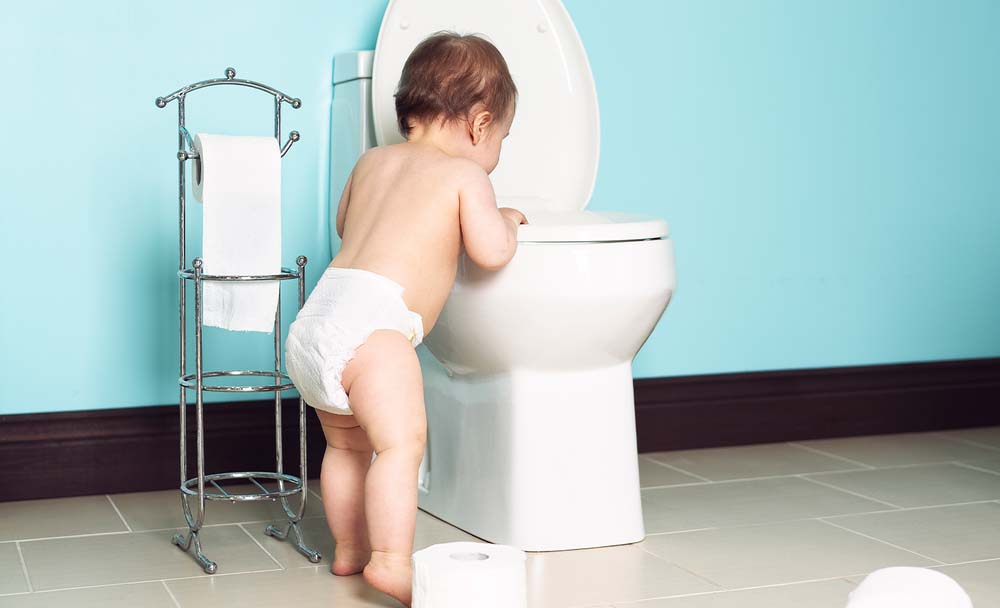
Be Vigilant Outdoors
You’re likely aware of the dangers that exist outside — traffic, strangers, loose animals; the list can be overwhelming. One way to ensure that your child doesn’t go outdoors alone before you’re ready for them to be unsupervised is to put doorknob protectors on your doorknobs. These protectors have to be squeezed to engage the doorknob, which is too difficult for tiny hands. Also consider locking the deadbolt when you’re inside with your child so he or she can’t go outside without you.
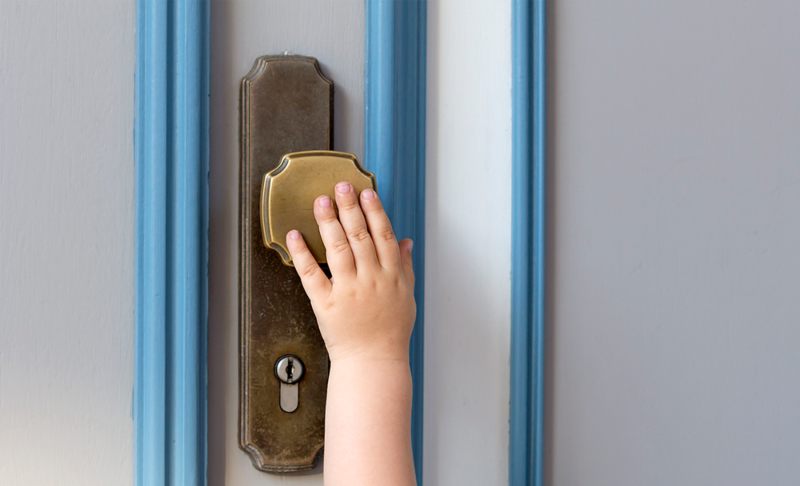
If you have a pool in your backyard, it’s a good idea to consider swim lessons at an early age so that your children know how to handle themselves if they accidentally fall in. Above and beyond that, consider door locks placed high on doors that lead to your pool area so your child can’t reach them, or a short fence around your pool with a locking gate. It’s also important to go over outdoor safety with them so they know the rules and limits you’re comfortable with them having. At the end of the day, you’re not going to be able to protect them from everything, but some of these precautions might help.




